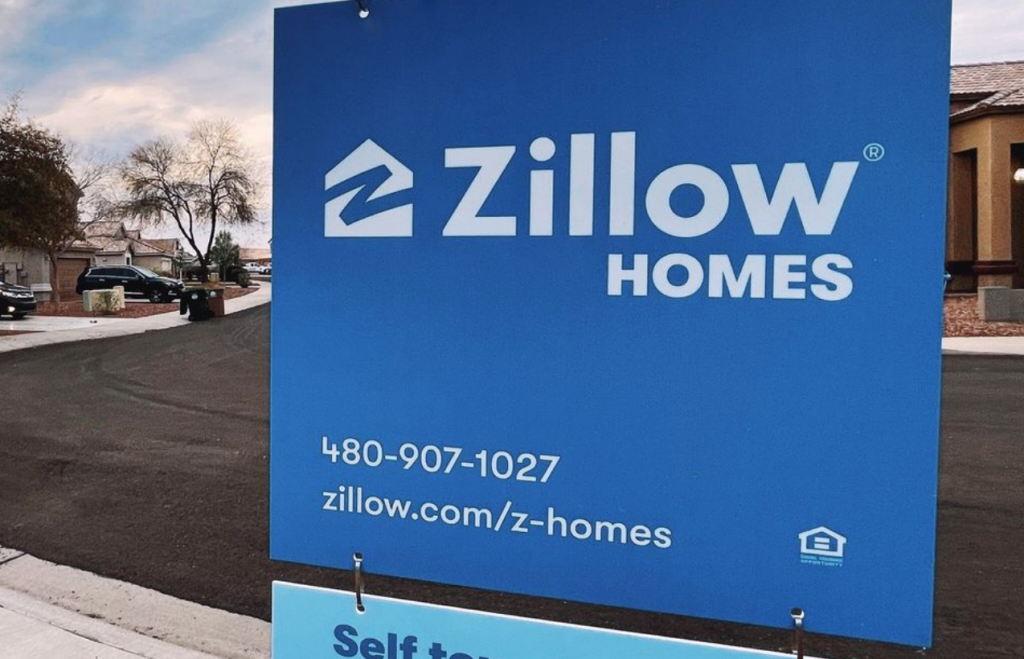
Zillow’s CEO ceases house flipping strategy after algorithmic predictions go awry.
Zillow Cancels ‘iBuying’ after Perfect Storm Cuts Profits Too Deeply
A few months ago Seeflection.com posted some stories about how well real estate sales were going and how much they were being boosted by using AI. It seemed to be a golden age for realtors using AI. Then it stopped. The leading player in the market, Zillow Group Inc, had to lay off about 25% of its employees due to falling profits from flipping houses.
Zillow Group Inc. is calling it quits on the home-flipping business, while disclosing expected losses of more than $550 million on homes purchased in the second half of this year for which the company admits it paid too much.
The Zestimate, launched by Zillow in 2006, is the highly touted algorithm that had been trained on millions of home valuations across the U.S. before it was put to work estimating the possible price of property Zillow itself bought. In theory, it was a natural confluence of two things: Zillow’s expertise in pricing homes, and a new method of buying properties that relied on accurate estimates.
For three years it worked, according to John Wake, who has been a realtor and real estate analyst around Phoenix since 2003. In that time, he’s seen the market collapse several times, including during the 2008–09 financial crisis, set off by the problems with subprime loans. But he’s never seen anything like the past 18 months.
“I don’t know anybody in the spring of 2020 who predicted the market would do what it did,” he says. “No one foresaw it would take off and become so strong.” In March 2020, pretty much all activity in Phoenix’s housing market stopped as the world shut down and economic uncertainty reigned.
Zillow’s high-tech algorithm for buying real estate is called iBuyer. And it is a go-getter when it comes to evaluating properties. Millions of them. Until the flipping of the houses wasn’t making nearly enough profit.
Zillow says its algorithm, which updates the estimated value of more than 100 million properties by analyzing dozens of variables, including the size and location of a home, isn’t at fault.
“We remain confident in the ability of our Zestimate,” a spokesperson says, citing the system’s median error rate for on-market homes of 1.9 percent, and 6.9 percent for off-market homes.
The problem wasn’t with the algorithm. The problem was the culmination of people, places, and things, that became the perfect storm against the algorithm.
The pandemic was of course the biggest horror to come along in over a hundred years. Then a shortage of contractors to repair these houses Zillow bought to flip. Also, inflation, supply chain problems, and fear that the Fed could raise interest rates were all ganging up to beat down Zillow’s attempt to clean up in the Phoenix real estate market in particular.
We found this information about Zillow and the real estate market’s ups and downs in an article by Chris Stokel-Walker on wired.com. He included a lot of detail and background that you will find fascinating even if you arent in the real estate market.
In early October 2021, Zillow recorded its most active week buying homes in Phoenix, part of its goal to buy 5,000 a month by 2024. Then suddenly it stopped buying. John Wake had one question: “What the hell happened?”
Basically here is what happened.
“We’ve determined the unpredictability in forecasting home prices far exceeds what we anticipated and continuing to scale Zillow Offers would result in too much earnings and balance-sheet volatility,” Zillow Group Z, -3.92% ZG, -4.44% co-founder and Chief Executive Rich Barton said in a statement.
You can read the article linked below and perhaps even answer that question for yourself.
Read more at wired.com







Leave A Comment